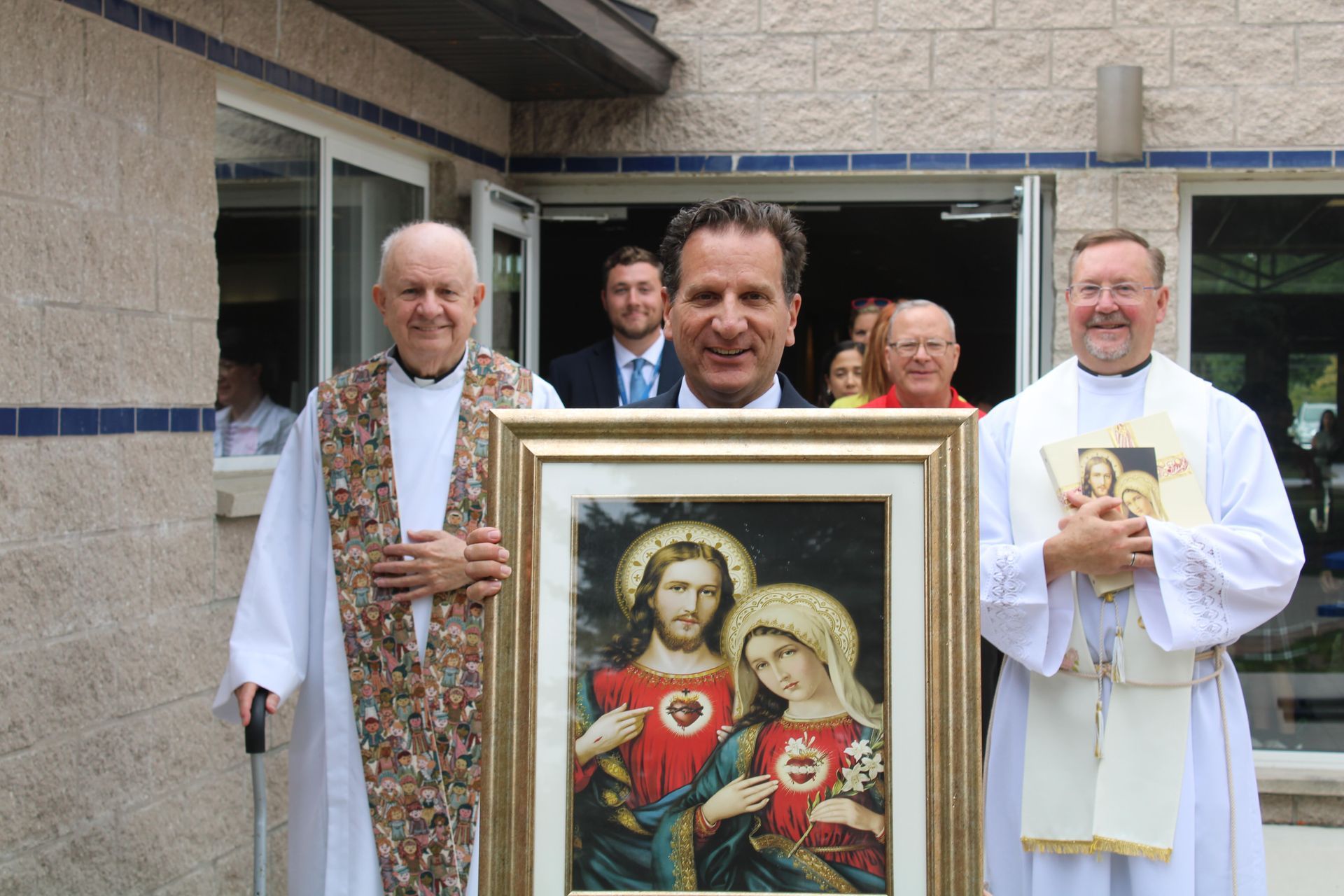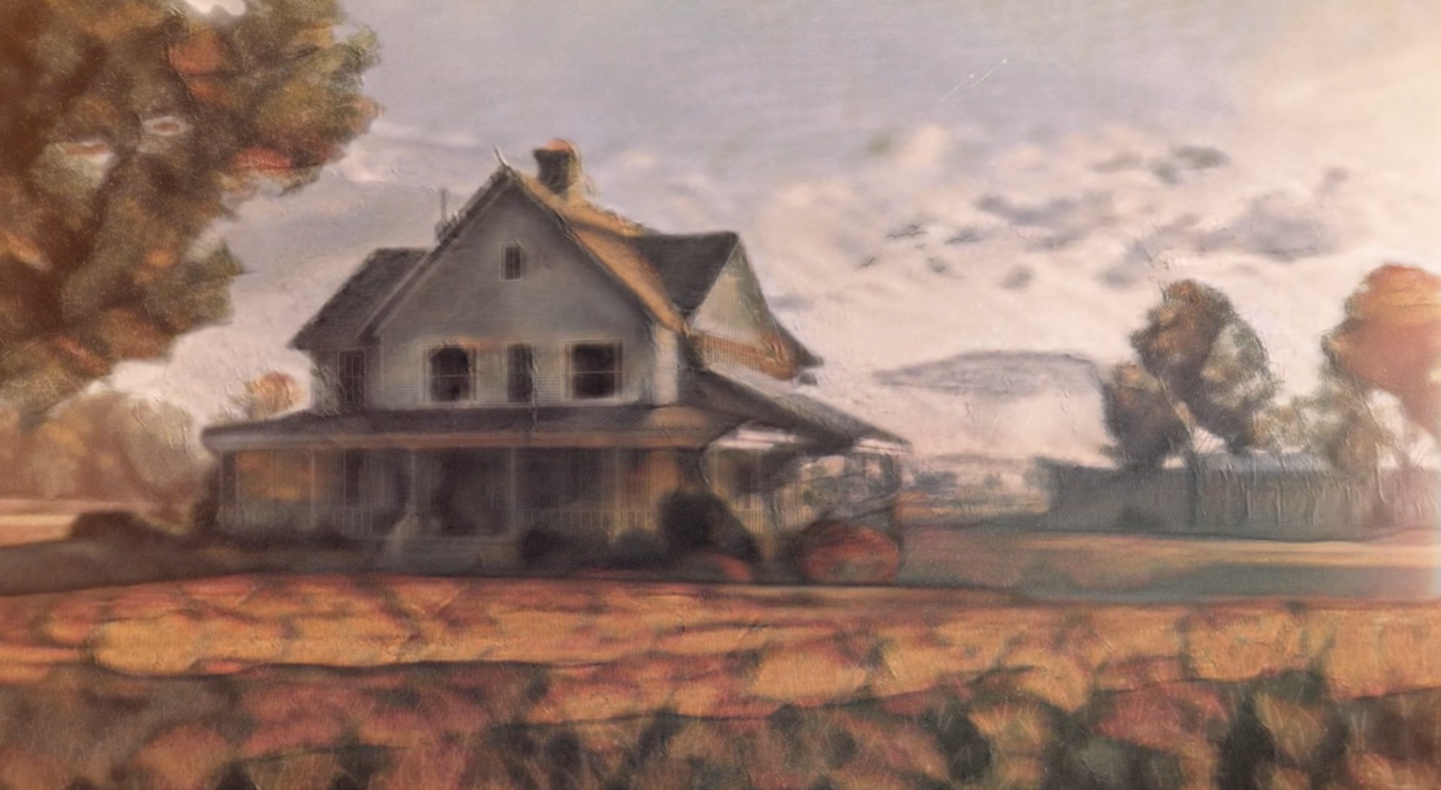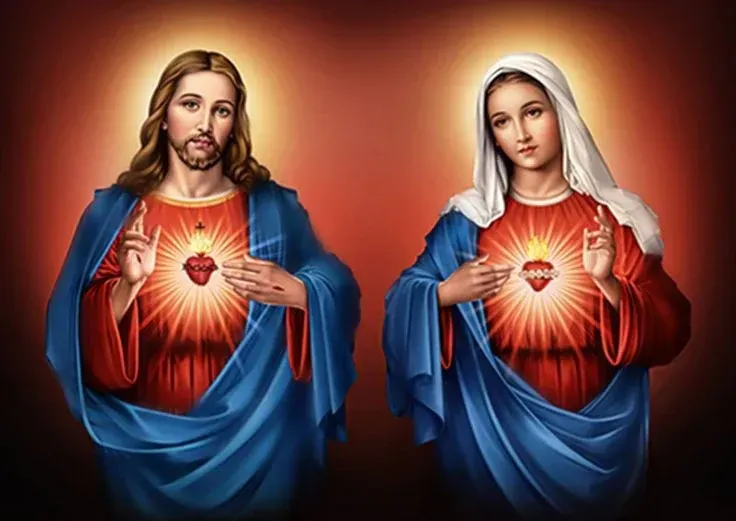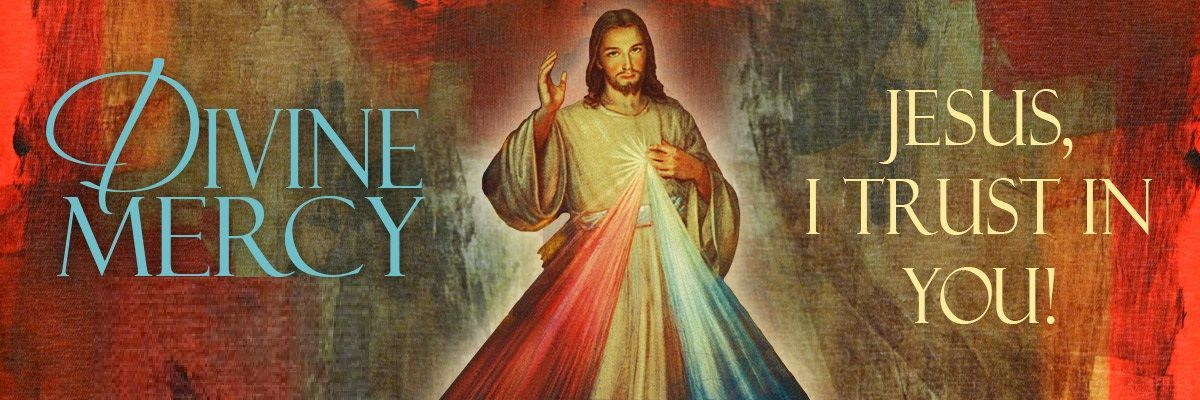Discover the Feast of Corpus Christi
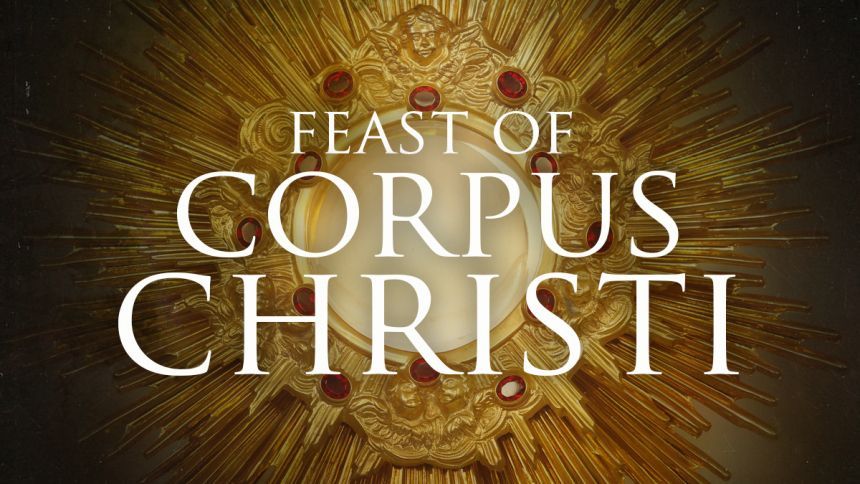
The Feast of Corpus Christ (Dies Sanctissimi Corporis et Sanguinis Domini Iesu Christi, or ‘Day of the Most Holy Body and Blood of Jesus Christ the Lord'), also known as the Solemnity of the Most Holy Body and Blood of Christ, is a liturgical feast celebrating the Real Presence of the Body and Blood of Jesus Christ in the Holy Eucharist; the feast is observed by the Roman Catholic Church.
Two months earlier, the institution of the Eucharist at the Last Supper is observed on Maundy Thursday in a somber atmosphere which commemorates Christ's washing of the disciples' feet, the institution of the priesthood, and the agony in the Garden of Gethsemane.
The feast of Corpus Christi was proposed by St. Thomas Aquinas, Doctor of the Church, to Pope Urban IV, in order to create a feast focused solely on the Holy Eucharist, emphasizing the joy of the Eucharist being the Body and Blood, Soul and Divinity of Jesus Christ. The Pope established the feast of Corpus Christi as a Solemnity and extended it to the whole Roman Catholic Church. The feast is liturgically celebrated on the Thursday after Trinity Sunday.
At the end of Holy Mass, there is often a procession of the Blessed Sacrament displayed in a monstrance. The procession is followed by Benediction of the Most Holy Eucharist. A notable Eucharistic procession is that presided over by the Pope each year in Rome, where it begins at the Archbasilica of St. John Lateran and passes to the Basilica of St. Mary Major, where it concludes with the aforementioned Benediction. Corpus Christi wreaths, which are made of flowers, are hung on the doors and windows of the Christian faithful, in addition to being erected in gardens and fields.

